Drinking Water & Toilettes for Free, is your right in Italy

Article: Free water is considered a birthright in almost all European nations and Italy is not left behind in following this water culture. Sightseeing in Italy in summer can take a toll as the scorching heat will drench away all the minerals from the body and dehydrate the visitors. Therefore, water is badly needed. There are basically three sources of water in Italy.
Tap Water: Tap water is the most used source of drinking water and easily accessible while travelling. The tap water in Italy is considered safe to drink and many taps are situated at all major places in Italy. The source of the tap water in Rome is the mountains and as a result the taste of the tap water is very sweet to taste. Many tourists prefer to drink from taps placed near many attractions and carry empty water bottles that they refill from these taps.
Bottled Water: Like all countries, Italy also offers bottled mineral water and many visitors and tourists, who feel that tap water is unsafe for consumption, buy bottled water from shops and vendors located all around the cities and towns of the country. Almost all restaurants in Italy offer bottled water to its customers and there is no custom in Italy for customers to drink tap water in restaurants. In some restaurants, tap water is provided to the customers on demand.
Fountain Water: The country of Italy boasts of many fountains like the Trevi Fountain and the Fountain of the Four Rivers. To avail drinking facility at the fountains, it is recommended to carry an empty bottle that can be refilled at the fountains located in many major streets (nasoni fountain). However, look out for fountains that have a ‘Not Potable’ sign indicating unsafe for drinking.
Milan free water
WC in Italy for Free is your right in Italy
The WC or Water-Closet facility in Italy is located in nearly all major public places. Standard toilets are placed in restrooms across all airports in all the cities. Be it intercontinental airports, international airports or domestic airports, restrooms of high standard are located in the terminals in the airport premises. Same is with the railway stations. There are restrooms and washrooms situated in all railway stations; though the quality and maintenance of these WC’s are not at par with the one at the airports, they are usable and hygienic. All hotels, restaurants and stadiums in Italy have restrooms for customers and they are well maintained and hygienic, though in restaurants, the WC can be used only if there is a meal ordered. Sounds rude, doesn’t it? There are coin operated and even free urinals in many public places like bus stops, taxi stands and even on streets these urinals, also called as pissiors, auto-disinfect themselves after every use. Finding a WC on the Italian streets can be troublesome, hence carrying a tourist guide that shows locations of WC’s is recommended.
There are various flush systems in Italy and some of them are different from major European nations. The more standard and commonly found flush systems are the wall hanger and the turner. A wall hanger has a rope connected to the water tank whereas the turner is a knob attached to the tank.
Note: Please note that drinking water is a RIGHT in Italy, public bars HAVE to serve water if asked KINDLY.
They also have toilets you can use, however it is
